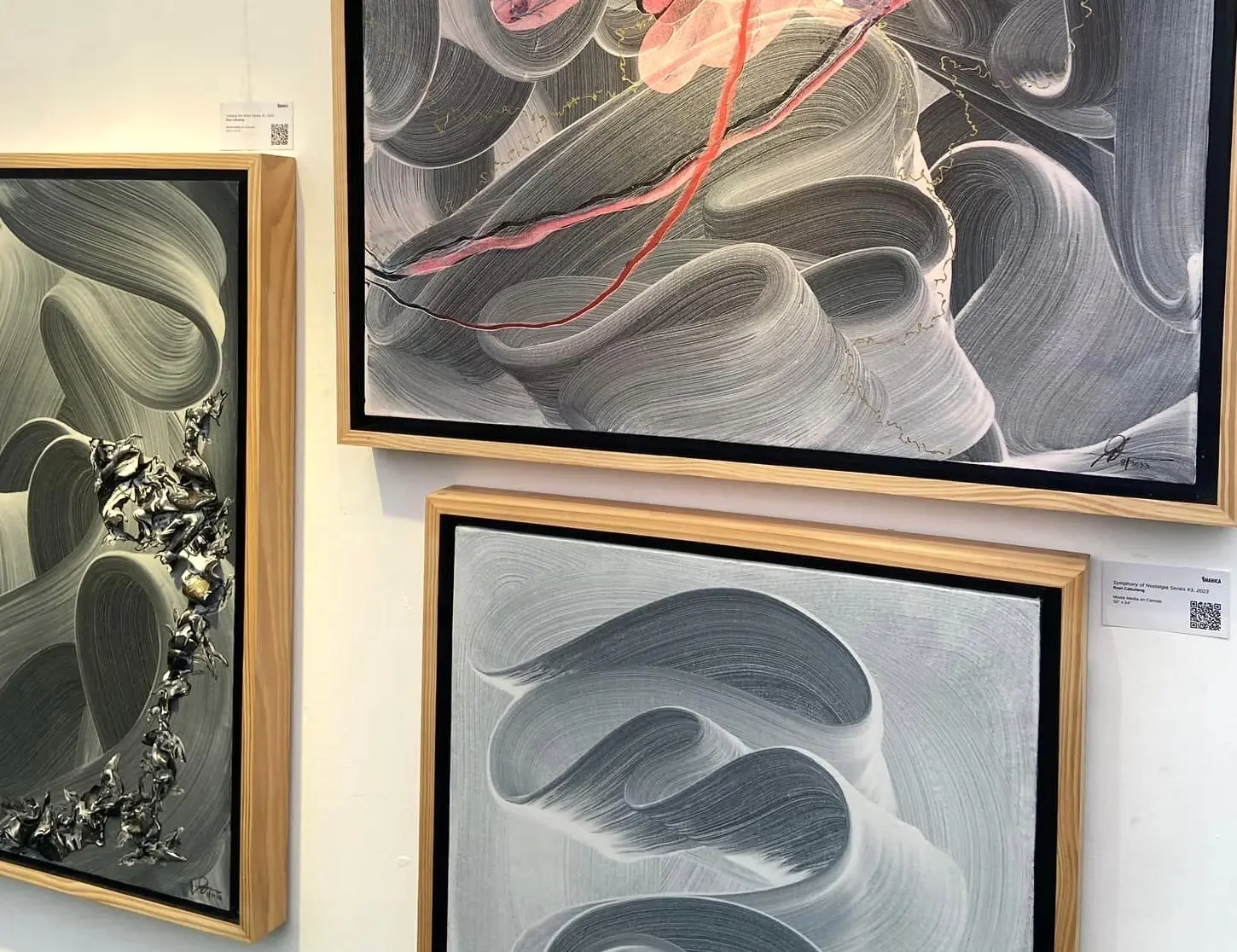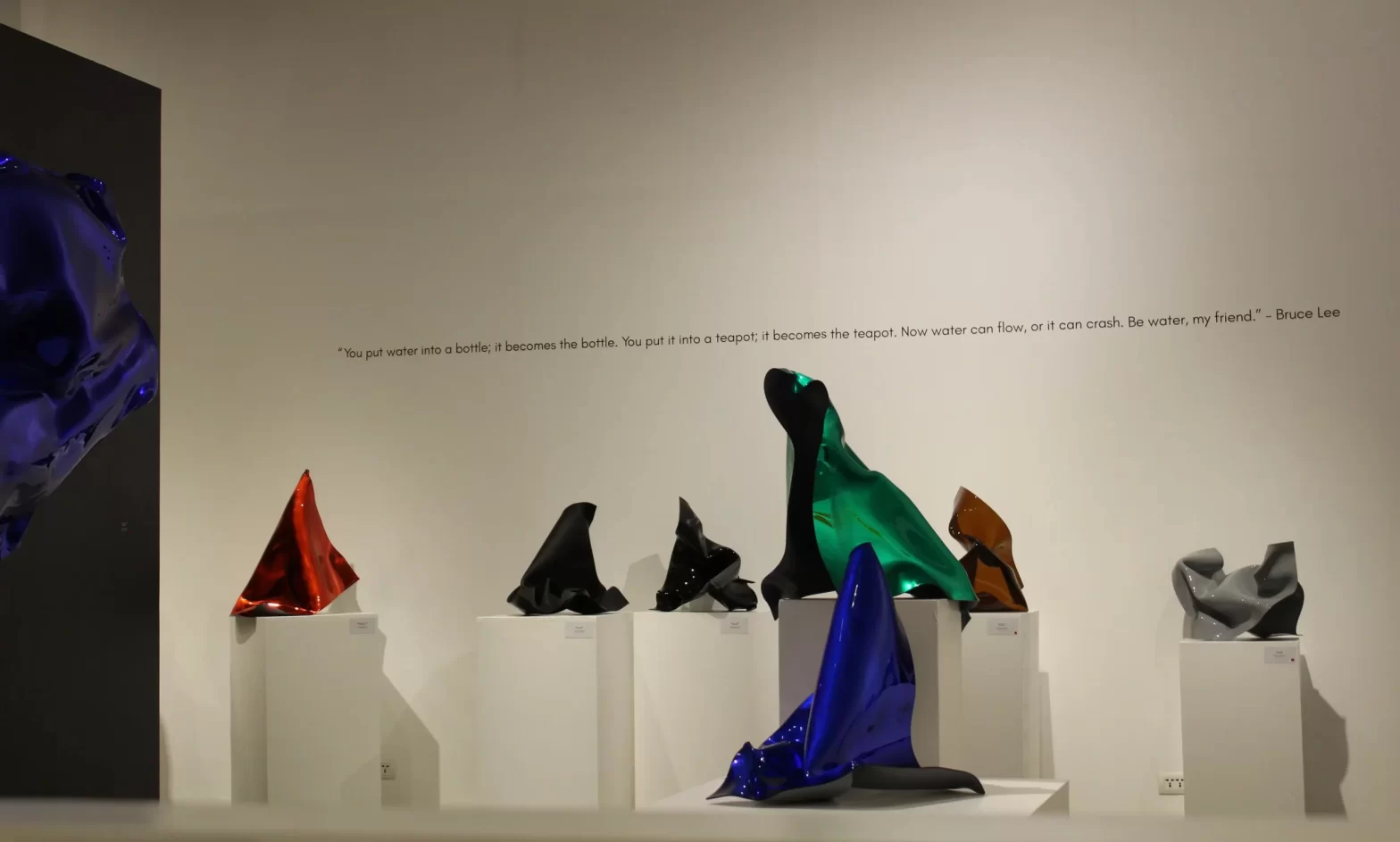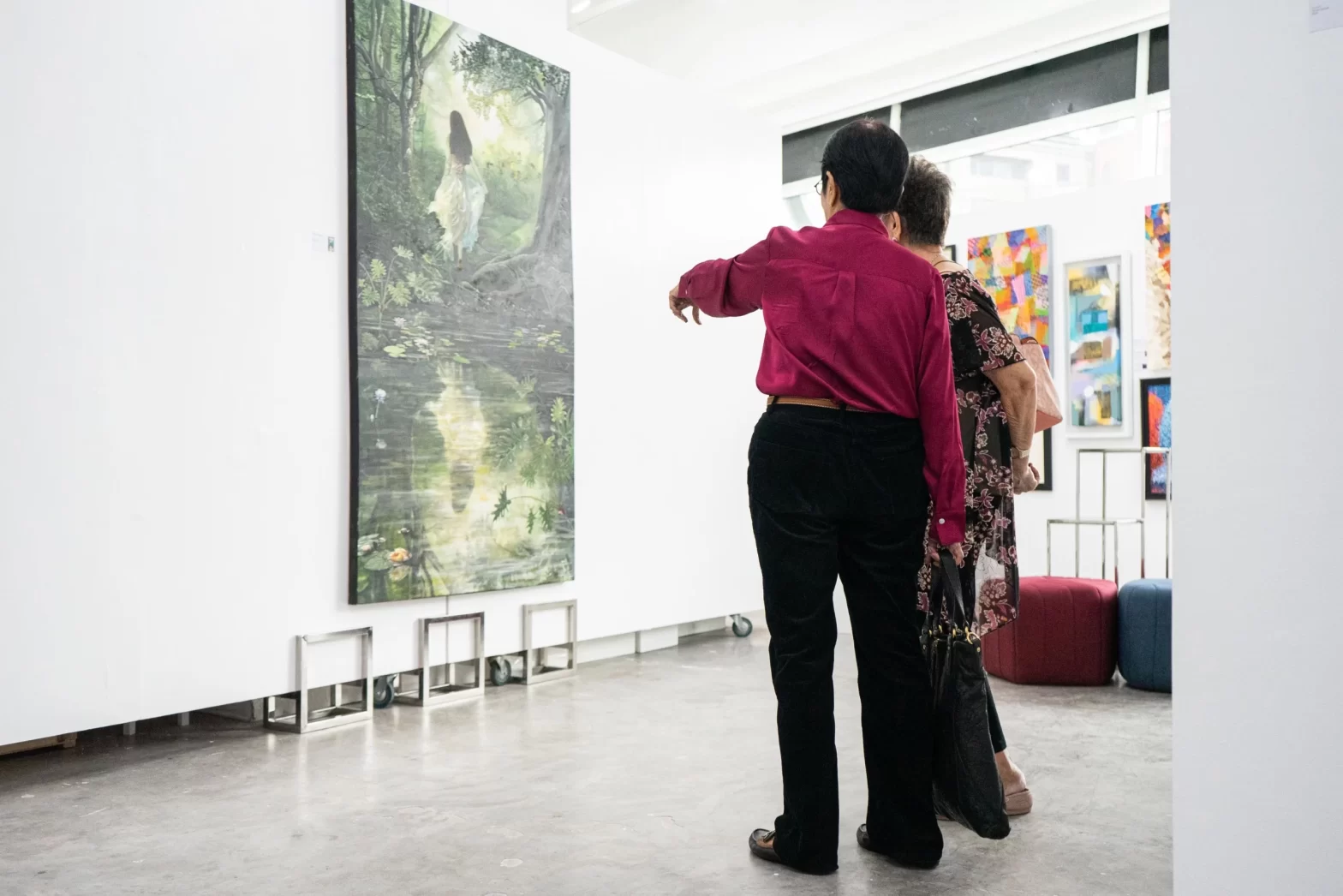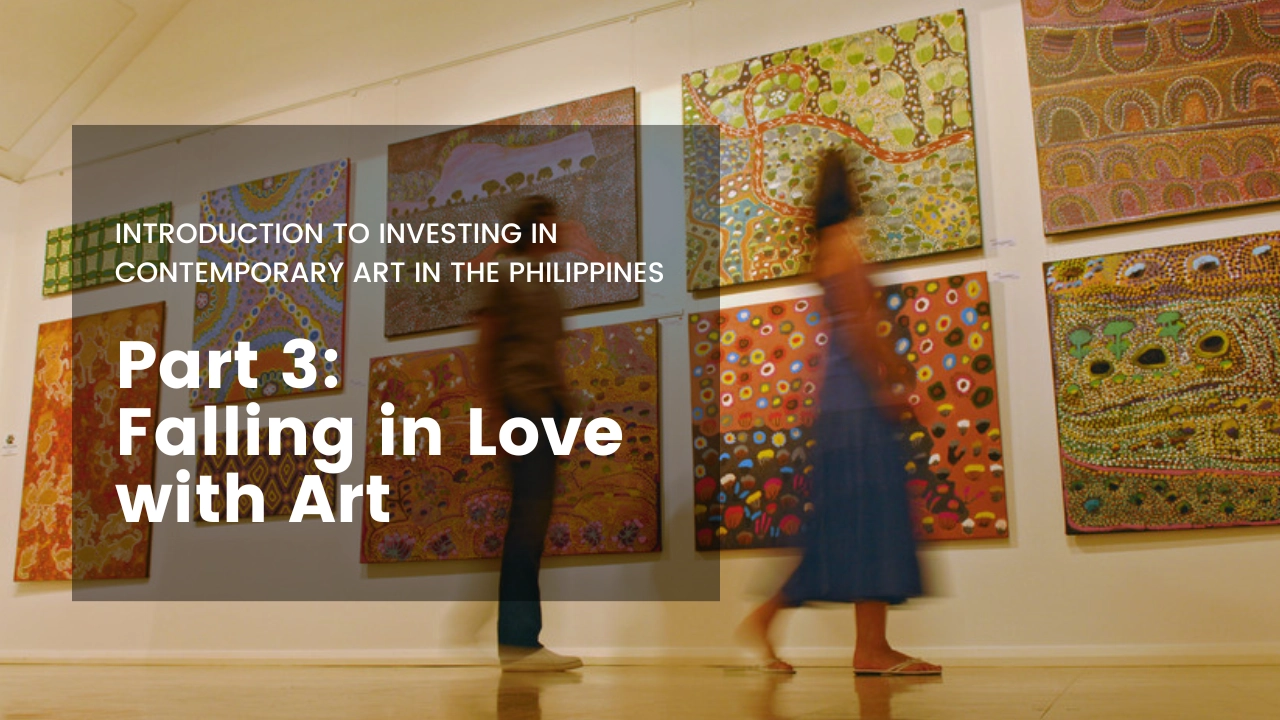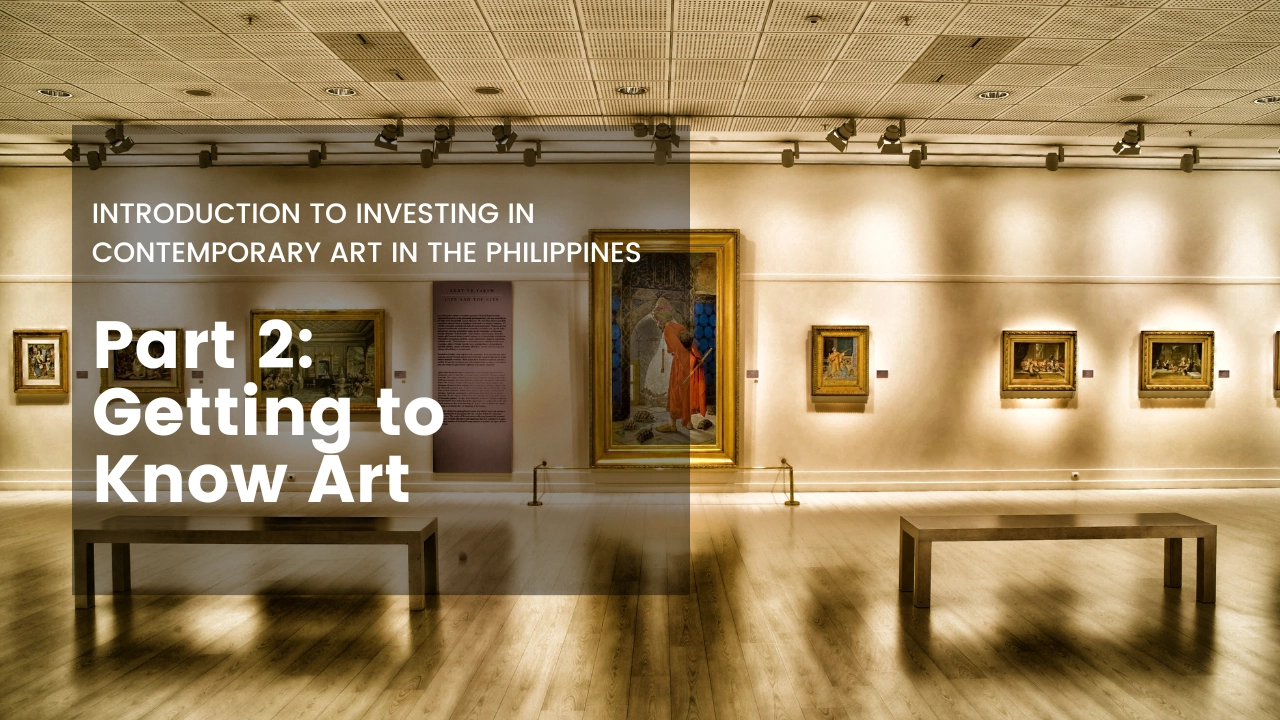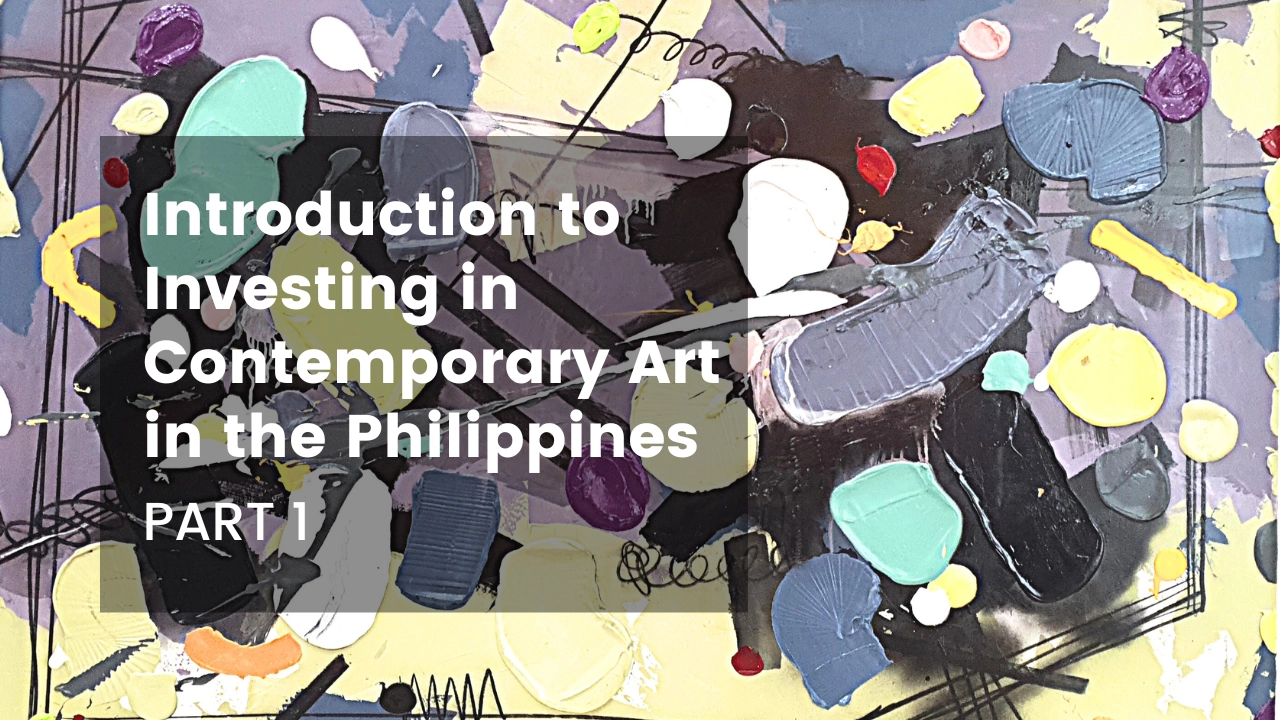Digital Renaissance: The Evolution of Art Investment Through Online Platforms
Art investment has long been a niche yet lucrative market, attracting collectors and investors who appreciate the dual benefits of owning aesthetically pleasing works while potentially earning substantial financial returns. Traditionally, art investment was reserved for the wealthy elite, facilitated by high-end auction houses and galleries. However, the advent of digital platforms is democratizing this market, making it accessible to a broader audience and transforming how art is bought, sold, and valued.

